Upgrading pfSense on a High Availability Cluster
There is more to updating a cluster than the typical process, but in all updating a cluster is much less disruptive as the users will not have any downtime in most all cases.
If at any point in this procedure a failure condition is encountered, seek assistance from our support.
Review the Changelog and Upgrade Guide
Before starting any part of an upgrade, first look at the Blog and release logs for any notable changes or items to be aware of between the version currently in use and the one that will be in use after upgrading.
Common issues are also listed in the upgrade guide, especially for major version upgrades.
Backup
Before starting, take a fresh backup from Diagnostics > Backup/Restore on both nodes.
Warning
Do not skip this step! A backup is quick and easy to do, and invaluable to have if the upgrade does not go as expected!
Download installation media for the release currently in use if a reinstall is necessary.
Upgrade Secondary
Perform the OS upgrade on the secondary node first. This way, if the upgrade fails, there is no interruption and if a reinstall is needed, it can be done without worry.
Test Secondary
Once the secondary has booted back up, login and confirm that it is running as expected. If all services are active, the CARP status is OK, and so on then it is time to test. Force a failover from the primary node by placing it into maintenance mode (See Testing Failover) and observe what happens on the secondary. If the secondary takes over OK and traffic continues to flow, then it is OK to proceed.
Upgrade Primary
With the primary node in maintenance mode, it is safe to upgrade without additional interference. Initiate the OS upgrade and let the system reboot. Once it has rebooted, confirm that local services are running as expected and then take the node out of maintenance mode.
Test Again
With both units on the current OS and active, run some final tests to ensure that services are operational, traffic is flowing, and that the CARP, DHCP, and other status areas are all running properly.


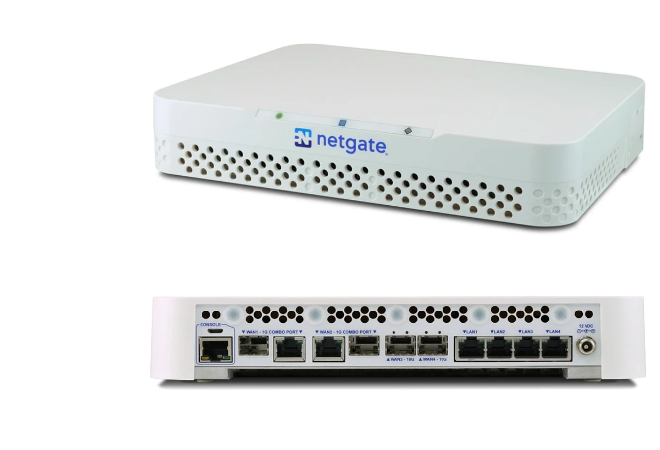
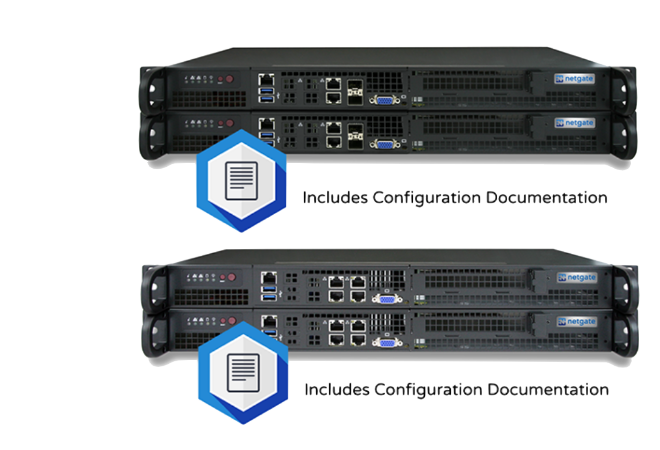
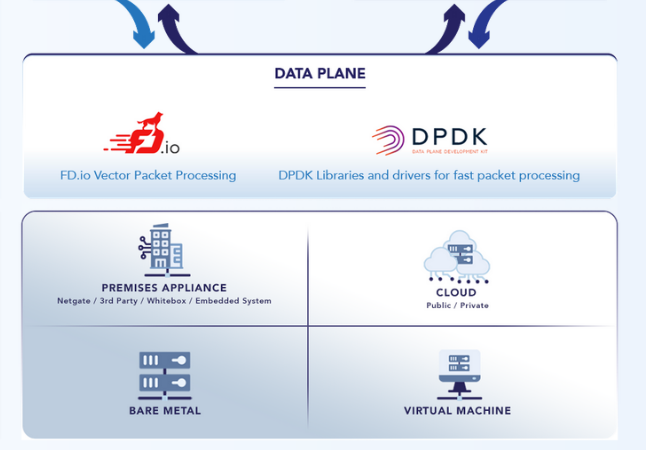
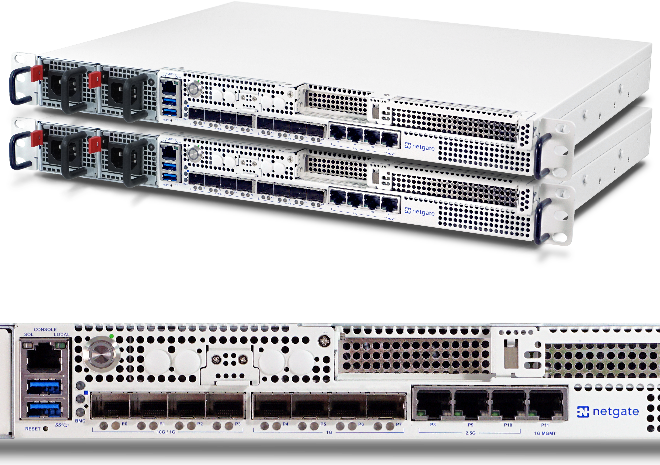
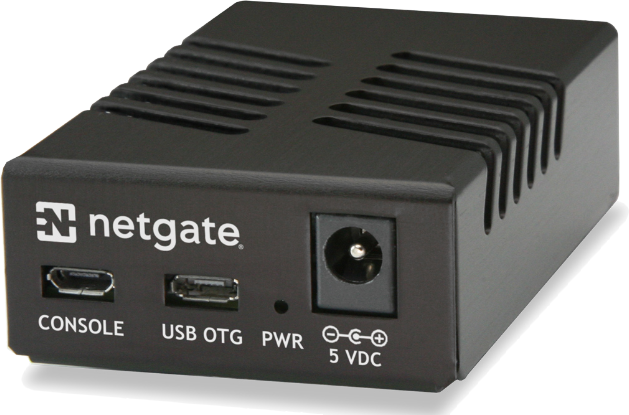
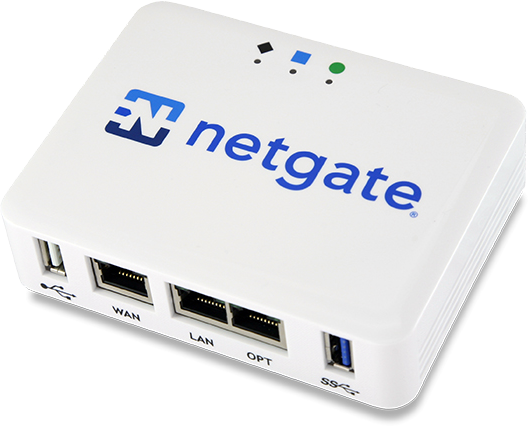
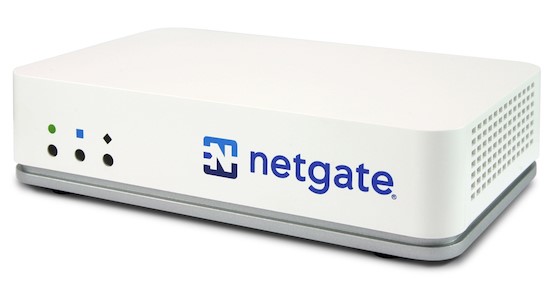


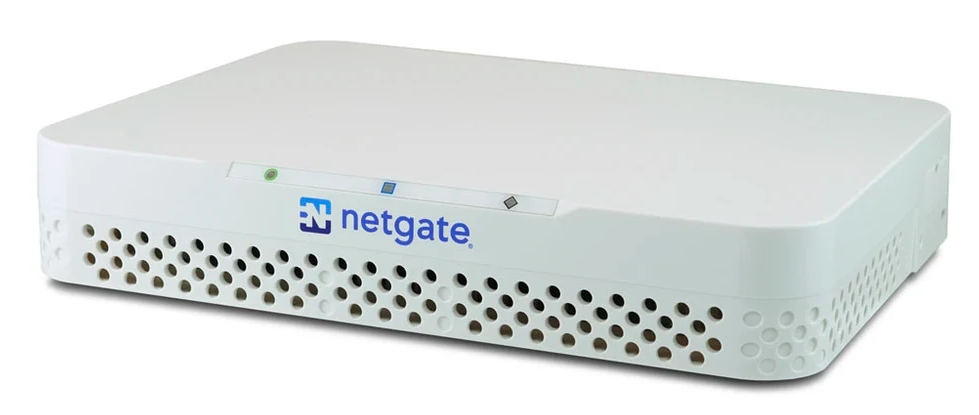


.png)